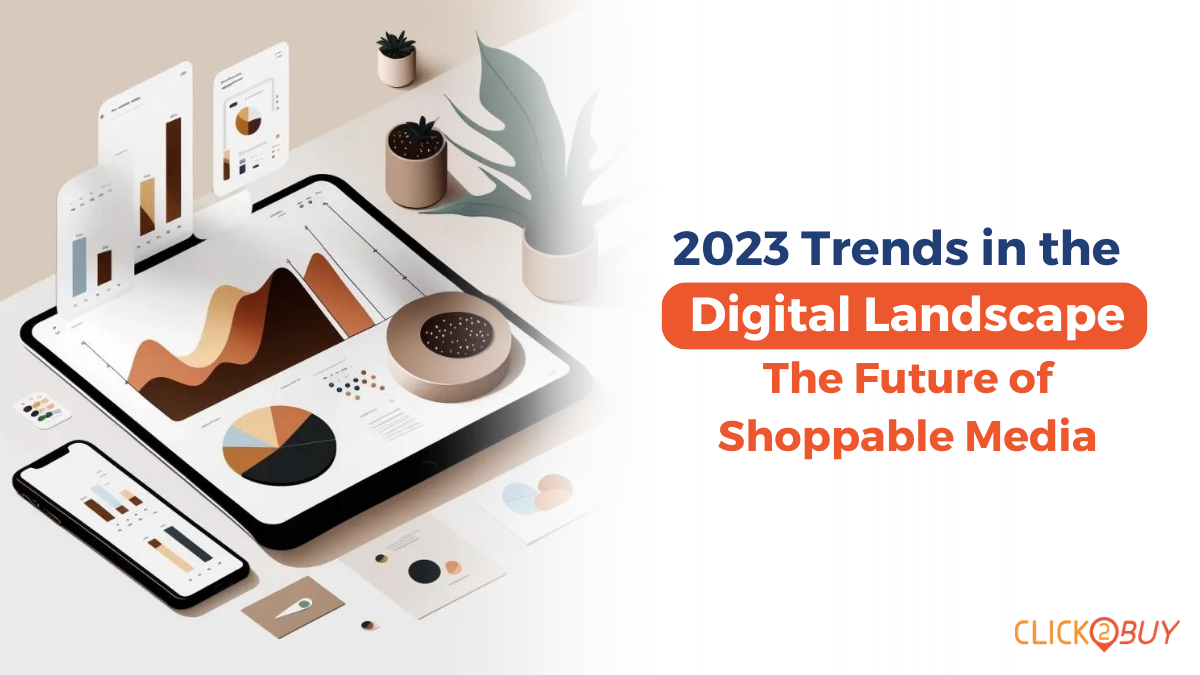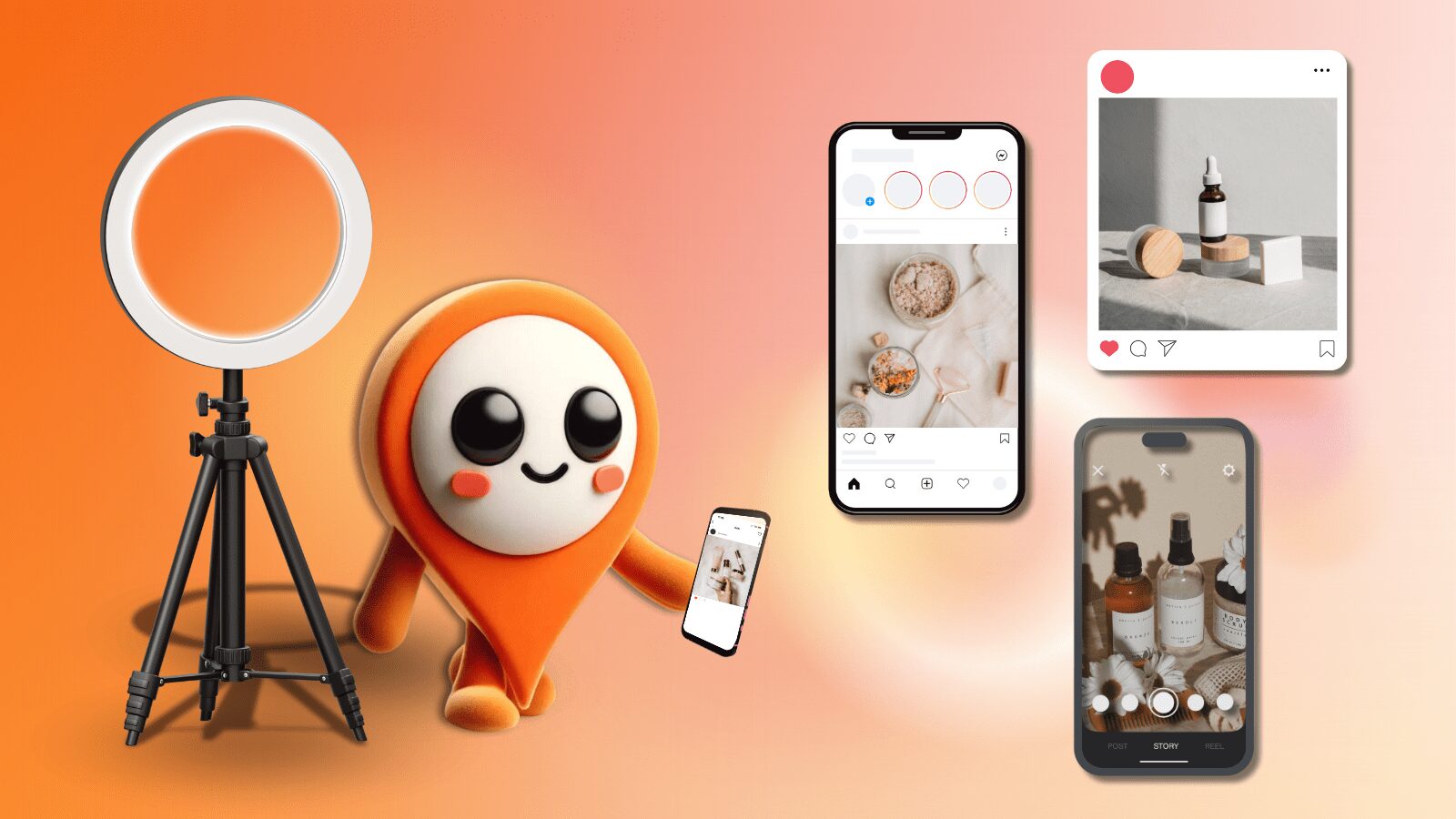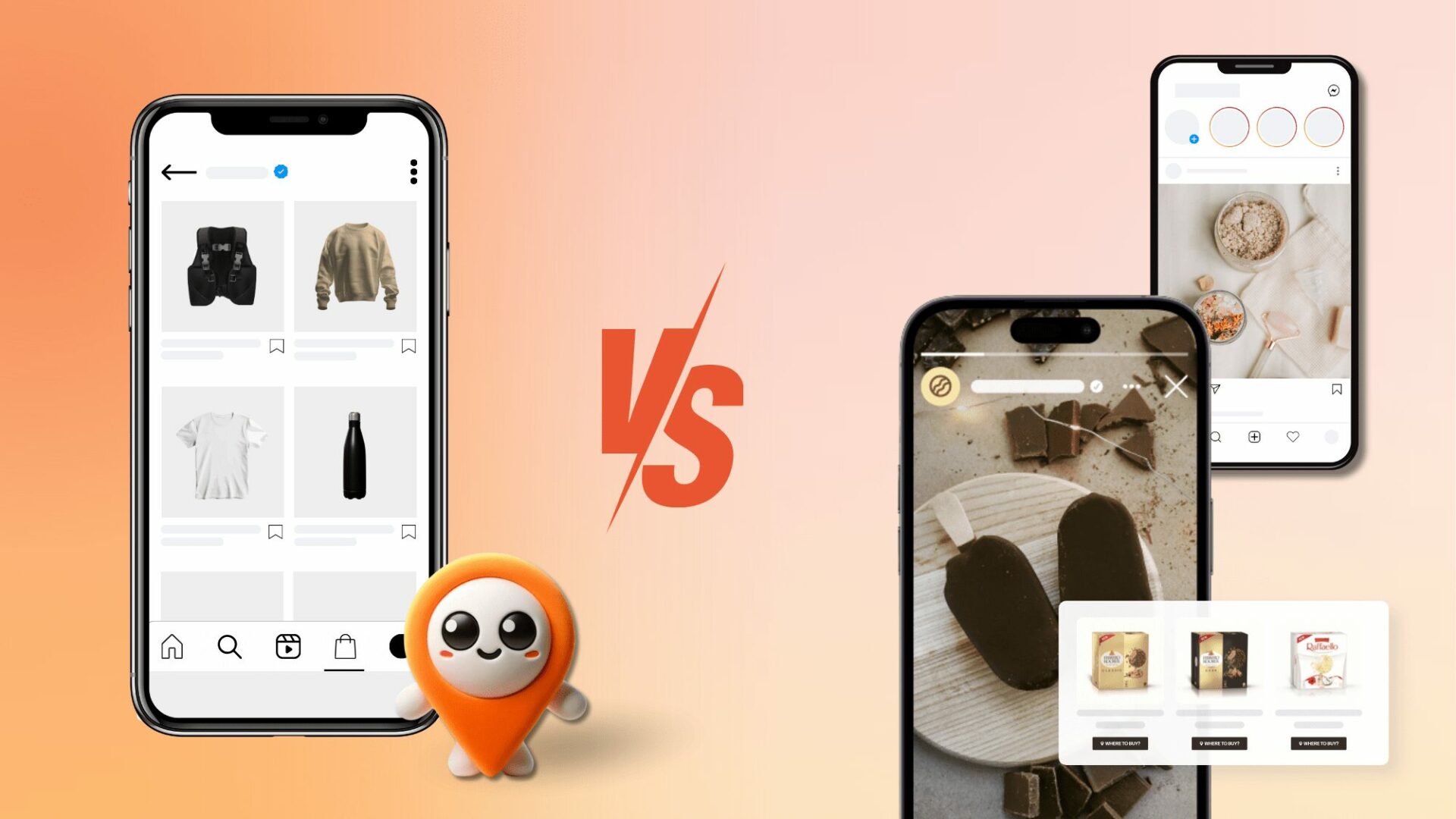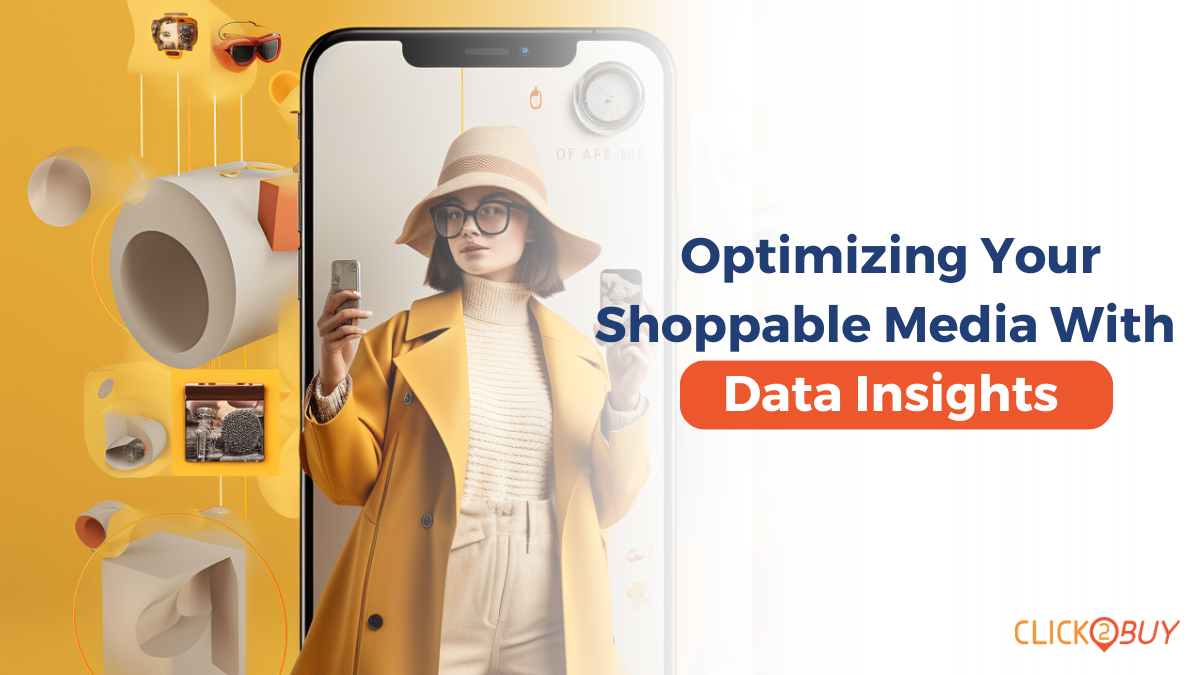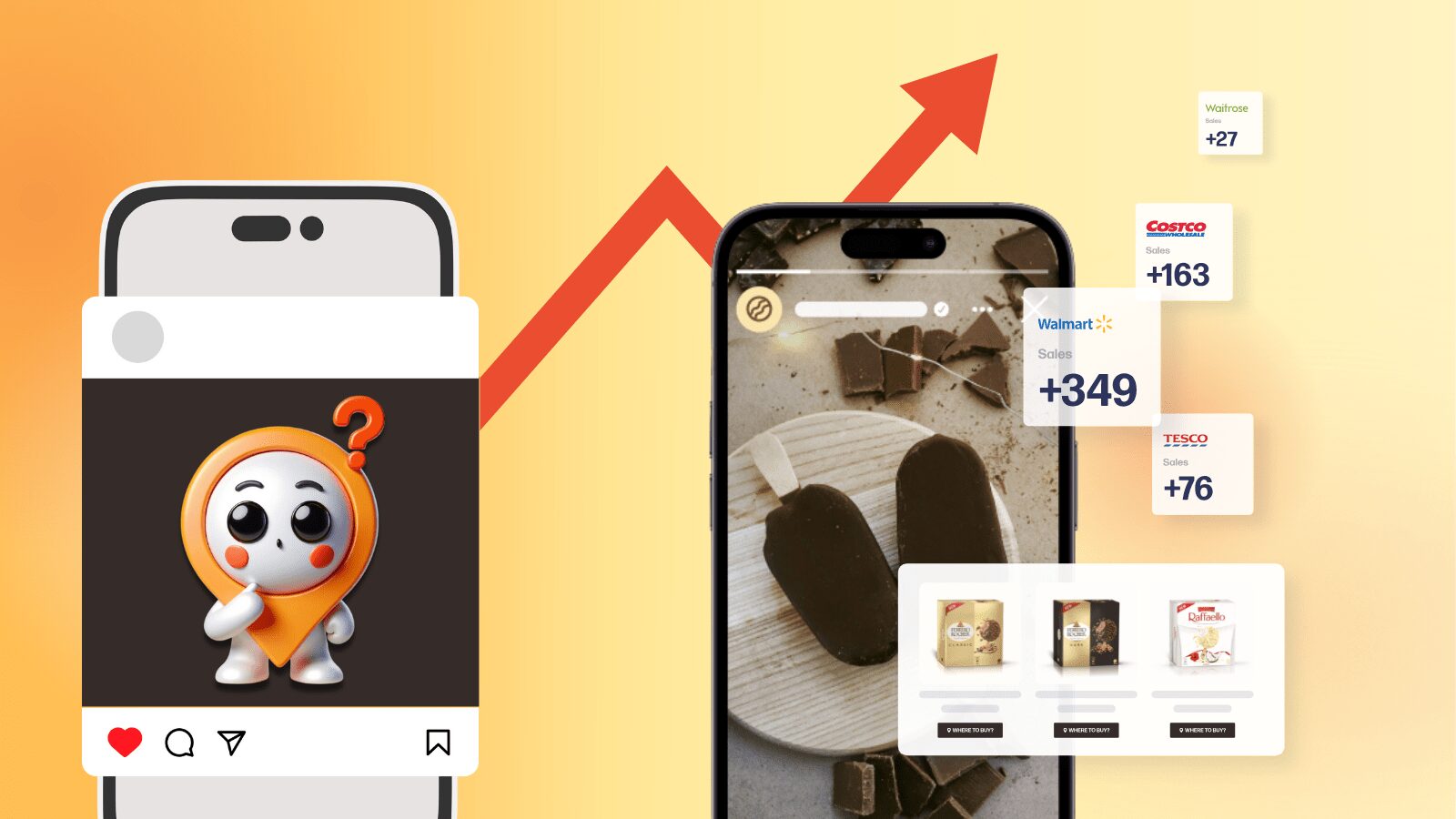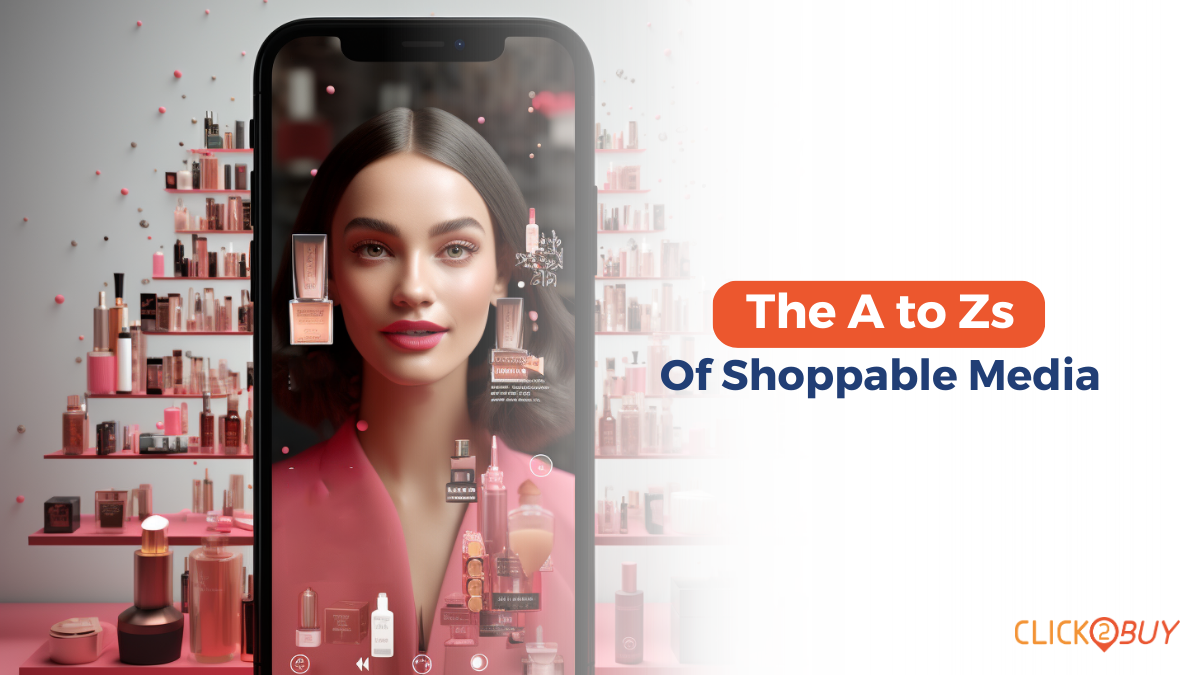The world of digital media is constantly changing, and shoppable media is no exception. What used to be an unfamiliar concept has now become an important part of the digital landscape. From social media platforms to video content, there are many trends that are impacting the way we shop online. In this blog post, we’ll explore some of those trends and what you can do to stay ahead of the curve in terms of your digital marketing strategy.
The Growth of Social Media and its Impact on E-commerce
Social media continues to be one of the most powerful tools for marketing, as well as a key driver for e-commerce sales growth. Platforms like Instagram, Facebook, Twitter and YouTube have made it easier than ever for people to find products they’re interested in and purchase them quickly and easily. Social media commerce sales have seen a huge jump from 2017’s $30 billion, nearly quadrupling since. It’s clear that social media isn’t going away anytime soon, so any savvy marketer should take advantage of its reach when planning their digital strategies.
Social media has revolutionized the way we shop online. Through social commerce, brands are now able to create customized stores on popular platforms like Facebook and Instagram – allowing customers easy access to their products without ever needing to leave these interfaces. For modern businesses looking for convenience and a seamless shopping experience for their potential customers, such growth data speaks volumes about how important it is that they leverage this innovative form of e-commerce today.
Social proof is an incredibly powerful tool in the e-commerce market, and social media has made it even more effective. Consumers are looking to their peers on social platforms for guidance when making purchase decisions – with 81% of them influenced by friends’ posts alone! Brands that leverage this phenomenon through smart strategies can unlock huge potential; creating a sense of urgency or FOMO (fear of missing out) around products helps establish trust in both product and brand alike. Investing correctly into your business’s presence across various online channels will put you ahead of the competition while maximizing sales opportunities at every turn – get started today!
The Increasing Popularity of Video Content and its Effects on Shoppable Media
Video content has been gaining momentum over the past few years with no signs of slowing down anytime soon. According to Wyzowl’s State of Video Marketing report, 86% of businesses at the time were using video content as a marketing tool, and 93% of marketers said that video is an important part of their strategy. Ever since, that number has been going up substantially. People love videos because they’re entertaining and easy to digest – plus they make it even easier for people to find products or services they may be interested in purchasing. This trend has resulted in more companies investing in video content as part of their digital marketing strategy; many companies have also implemented shoppable video features where viewers can click a link within the video itself to purchase a product or service featured in the content directly from the company website. This approach is particularly effective for product demonstrations, tutorials, and reviews, as it allows viewers to easily find and purchase the products they’re interested in.
Interactive Video Content
Beyond shoppable video content, interactive video content is also becoming increasingly popular. Interactive videos are designed to engage the viewer and encourage them to take a specific action, such as clicking on a link, filling out a form, or making a purchase. This type of content is particularly effective for brands looking to increase engagement and drive conversions.
Interactive video content can increase engagement rates by up to 300%, and a report by Demand Metric found that interactive video content can increase conversion rates by up to 70%. With the rise of interactive video technology, it’s clear that this type of content will become an important part of shoppable media in the years to come.
Overall, the increasing popularity of video content presents a major opportunity for brands to engage with customers and drive e-commerce sales. By creating shoppable and interactive video content, brands can make it even easier for viewers to find and purchase products they’re interested in, while also increasing engagement and conversions.
Between YouTube Shorts and TikTok, brands can easily create short-form shoppable content and reach a wider audience through their user bases or even thanks to the algotrithm.

How Augmented Reality is Changing the Way People Shop Online
Augmented reality (AR) technology is rapidly becoming more popular among shoppers as well as brands looking to capture consumer attention with new experiences. In fact, the global market for AR in retail is expected to reach $1.6 billion by 2025, up from $180 million in 2019. AR allows users to virtually experience products before buying them – whether it’s trying on makeup or experimenting with home décor items for their living space – giving shoppers a greater sense of confidence when making purchases online without having seen or touched the item first-hand. This technology has opened up a whole new world for marketers who are looking for ways to engage customers through interactive experiences that drive conversion rates up while providing an added layer of trustworthiness between consumers and brands.
It’s no surprise that the retail industry is increasingly turning to Augmented Reality (AR) technology as a way of meeting customer expectations and driving sales. A recent study conducted by DigitalBridge revealed some impressive figures – not only did 70% of consumers express their desire for an AR shopping experience, but 40% said they’d be willing to pay more if it was available! As this trend continues its march into mainstream adoption, businesses in all sectors should take note: AR could soon become essential for delivering top-notch shoppable media experiences.
With the rise of AR technology, shoppers today can experience a whole new level of personalized shopping – one that’s both immersive and tailored to their individual needs. Beauty-lovers using Sephora’s “Virtual Artist” on their mobile app are able to virtually put on makeup without ever having it in front of them, resulting in a 200% increase in conversions vs. those who didn’t use the feature. IKEA also utilizes this tech with its ‘Place’ app, enabling customers to accurately place furniture wherever they please before even making the purchase. This truly demonstrates how augmented reality is raising retail standards for everyone involved.
AR technology is revolutionizing the e-commerce experience, enabling retail brands to push boundaries and create dynamic virtual shopping experiences that drive customer satisfaction and increase conversion rates. With AR’s ability to provide customers with an accurate preview of their purchase before making a commitment, returns can be drastically reduced – leaving more time for memorable moments in immersive digital spaces. The possibilities are truly endless; it’s thrilling to imagine how this cutting edge technology will continue transforming how we shop going forward.
The Emergence of Voice Commerce
Voice commerce is transforming the way we shop, and it’s only getting more popular. An OC&C Strategy Consultants report projected a whopping US$40 billion across the US and UK markets over 5 years – an incredible increase from 2018’s total of $2 billion! Smart speakers like Amazon Echo are driving this rapid growth, as well as mobile devices with advanced digital assistants such Siri or Alexa. For brands looking to stay ahead of trends and gain competitive edge, now is clearly the right moment to embrace voice-enabled shopping technologies – ensuring your shoppers can find what they need easily & conveniently whatever device or platform they use.
The Convenience of Voice Commerce
Voice commerce is the perfect choice for shoppers that want to quickly and conveniently place orders from their home. With a few simple words, you can reorder your favorite products, add items to your cart, or get tailored recommendations catered just for you – all without ever having to lift a finger! We’re not done yet either as voice assistants become smarter with understanding natural language over time. In fact, research shows an impressive 72% satisfaction rate among those who’ve used them so far due in no small part to its speed and user-friendly experience.
The Impact on SEO and Advertising
Voice commerce is a game-changer for SEO and advertising. With customers taking the more direct route of voice assistants to purchase products, brands must optimize their content with conversational language and long-tail keywords in order to stay visible. Sponsored content and targeted promotions will give brands new opportunities to engage with consumers, but they should be careful not to overdo it – maintaining an informative yet subtle presence that won’t frustrate potential customers is key.
Wrapping up
Shoppable media is constantly evolving as new technologies emerge and marketing strategies become more sophisticated over time. To stay ahead of the game, marketers must pay close attention to current trends such as social media platforms, video content, augmented reality technology, etc., while also staying flexible enough to adapt their strategies accordingly. By keeping up with these developments, you can ensure that your brand will remain successful in this ever-changing digital landscape!
Want to chat about how you can boost your campaigns and stay ahead of the curve? Get in touch today!

